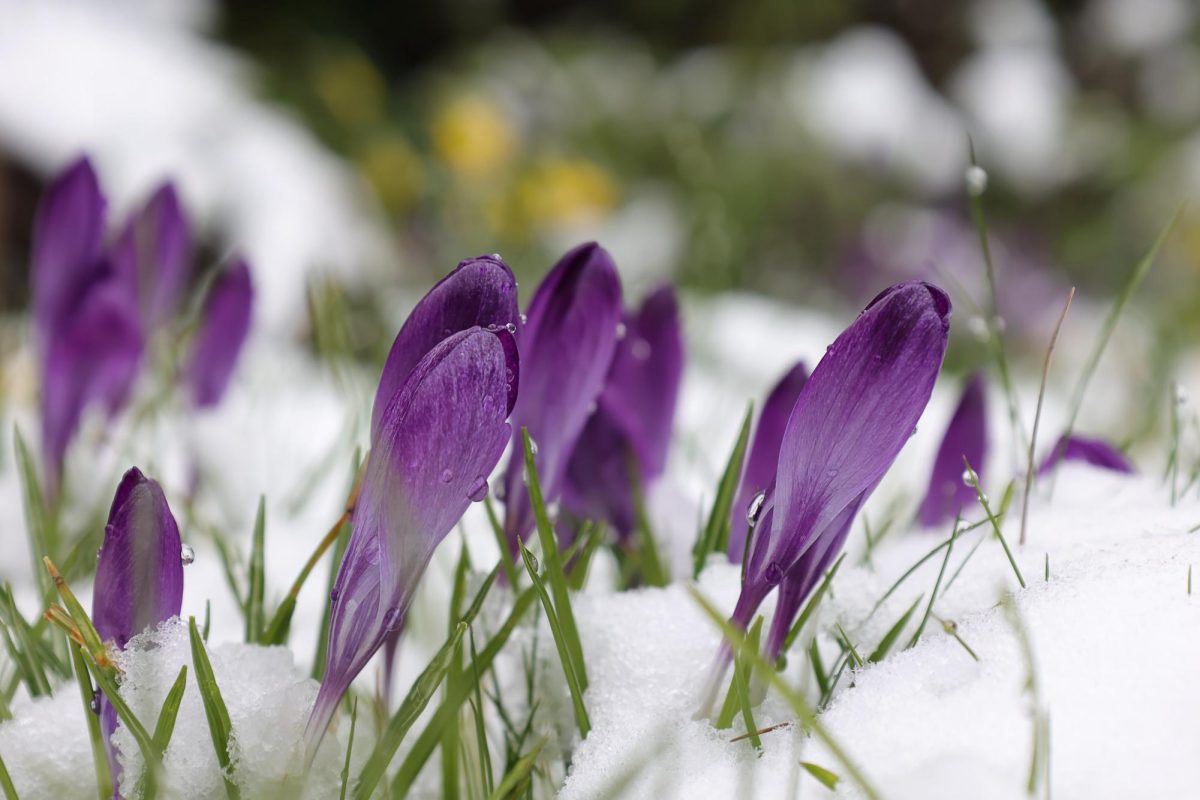Antarctica, known as the frozen continent at the southernmost tip of the Earth, is often associated with extremely cold, harsh conditions, and a seemingly desolate landscape. However, recent scientific discoveries have revealed a new phenomenon: the blooming of flowers in this lifeless and barren environment.
What conditions do flowers have to be under to bloom?
Different flowers bloom at different times. Flowering plants produce blossoms that are triggered by protein. Along with weather playing a role in blooming seasons, air temperature is also vital for seed germination, respiration, transpiration, and photosynthesis. Air temperature affects the process of flower development, as warmer temperatures allow flowers to bloom faster, while a lack of warmth can cause the flowers to develop more slowly.
What is making the flowers bloom?
As previously mentioned, sunny days affect blooming periods. The warmth of the sun can affect the flowers’ growth, and more sunlight makes it easier for flowers to bloom.
Although higher altitudes typically have a negative effect on plant growth, in Antarctica being closer to the sun can provide warmth and allow flowering plants to bloom. In recent years, Antarctic temperatures have skyrocketed, with this past summer being one of the hottest ever recorded. Temperatures were recorded at an alarming 39℃ above average. This dramatic increase in temperatures has been one of the main contributors to the flowers blooming.
What does this mean?
While many scientists originally believed Antarctica was in a climate crisis, this is clearly not the case. With temperatures rising and icebergs melting, the sea level continues to rise. This creates concern for the future of the world’s oceans. Scientists predict that sea levels could rise 10 to 12 inches within the next thirty years. As ice continues to melt, habitats for non-aquatic species continue to shrink, threatening their survival. Species that have already been affected include polar bears, adélie penguins, monarch butterflies, and many more.
Though many believe this may signal the need for action surrounding climate change, researchers are continuing to study this peculiar occurrence to gather more information.













